1260 Memorial Drive
Atlanta, Georgia 30316
404-458-1330
What is Single Donor Hair?
Mikey MoranAt Private Label, our phone rings all day with questions about starting a hair extension business, types of wigs, bundles, lace, styles, and many more.
One popular question is asked, "Is your hair from a single donor?" Today we will dig a little deeper into what single donor hair means and whether it really matters. Featuring our beautiful Raw Indian Hair Bundles.
Is single-donor hair important for your next hairstyle or purchase is the question?

What is Single Donor Hair?
As we all know, human hair is donated or sold by a woman from various parts of the world, including India, Malaysia, China, Vietnam, Brazil, Russia, and a dozen other places.
When cutting, the hair is bunched and rubber banded together to keep the cuticles inline (Remy Hair), reducing the chances of tangling and matting.
Tangling is every hair weave lover's nightmare. Frequently, the hair is bunched from a large group of donors and then sent to a factory to be shackled (remove short hairs) and wefted.
Some manufacturers will precisely weft hair from a single individual, which would constitute single donor hair. This process means all the hair in the individual human hair bundle is gathered and wefted from the same person.
Do I Need Single Donor Hair?
Yes and No. Single-donor hair is typically only necessary when dealing with a few specific hair types. For 99% of buyers, single-donor hair is not necessary.
Single-donor hair is often a marketing ploy to raise the price of the human hair bundles or human hair extensions you buy.

When Single Donor Hair is Important?
Single-donor hair is essential when dealing with specific NATURAL hair that has detailed curl patterns or colors.
For example, this can often be the case when dealing with Raw Indian Hair or Raw Russian Hair, which is in the natural hair color state and is generally lighter than a 1B.
Raw Indian hair extensions can dramatically differ in curl pattern and color.
This pattern difference is an instance when having a single donor is essential because the curl pattern is inconsistent between the two women who donated their hair to their Hindu temple for religious reasons.
In this case, having single donor hair bundles would be more critical. Please note having a few bundles of Raw Indian hair installed for a sew-in hairstyle or made into a human hair wig can ultimately give you the most natural look, and we highly recommend it.
Look at the photo below. Imagine not having bundles from a single donor when working with this hair type.
This specific hair is from Uzbekistan, where the natural color can vary dramatically from woman to woman.
When Single Donor Hair is NOT Important!
For most, single-donor hair is optional for a beautiful hairstyle. The more commonly sold hair extensions have a curl pattern achieved by steam and bamboo from multiple donors.
Ever wonder why thousands of bundles look precisely the same? It's not because thousands of hair donors had the same curl pattern. It's the way hair bundles are manufactured that creates these curl patterns.
For this reason, most hair commonly sold on the market does not need to be a single donor bundle. If you buy 1B Body Wave Bundles it won't matter if they are from a single donor.

Should You Sell Single Donor Hair Extensions?
Here at Private Label, we always have to look at the business side of things. For example, a client might occasionally ask you for single-donor hair, but it probably will not be too often.
The next question is will your average client be willing to pay the extra cost? Probably not.
This conclusion is just from our experience in the hair industry. There will be special occasions when dealing with rare and specific hair where it's crucial to have all the same color or wave pattern from an individual.
But when selling hair extensions, you must decide if having these bundles on hand is worth it.

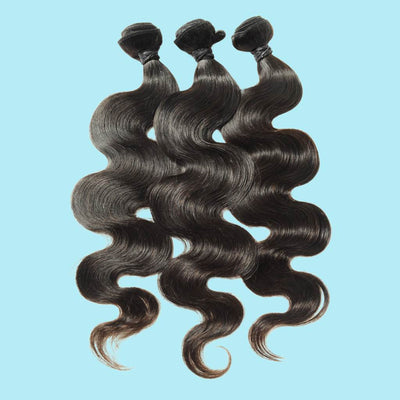
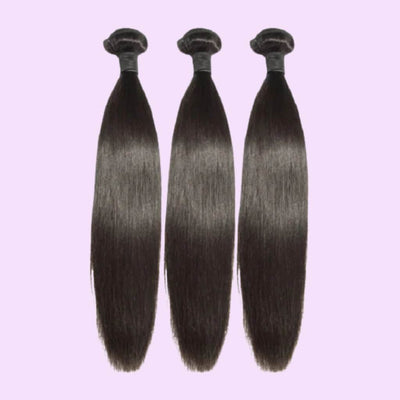
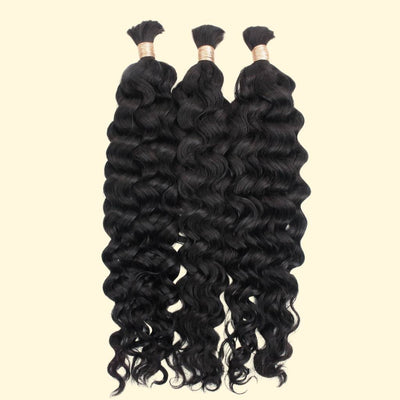
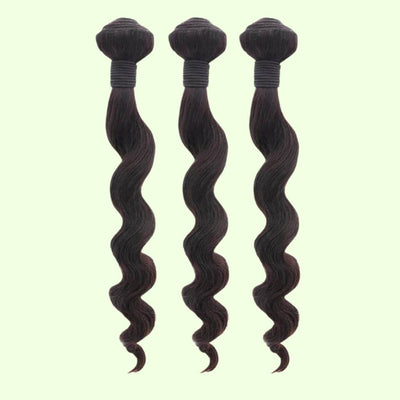
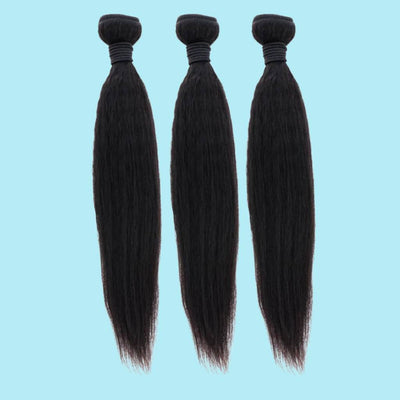
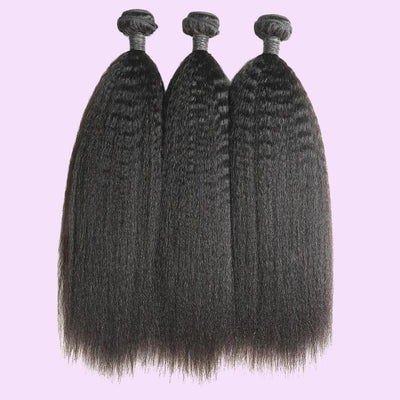
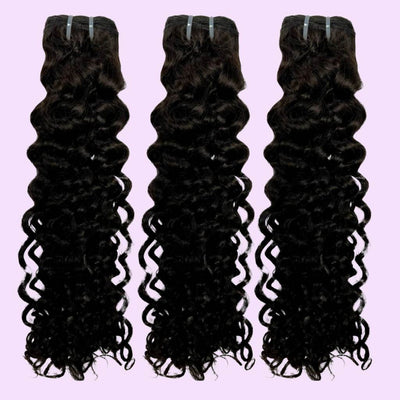
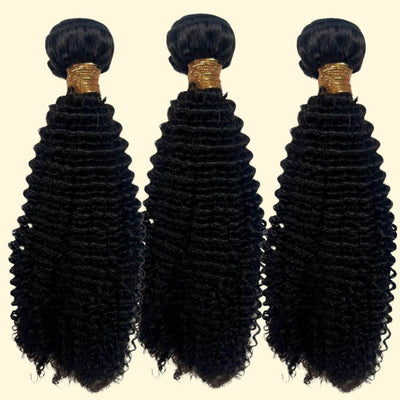

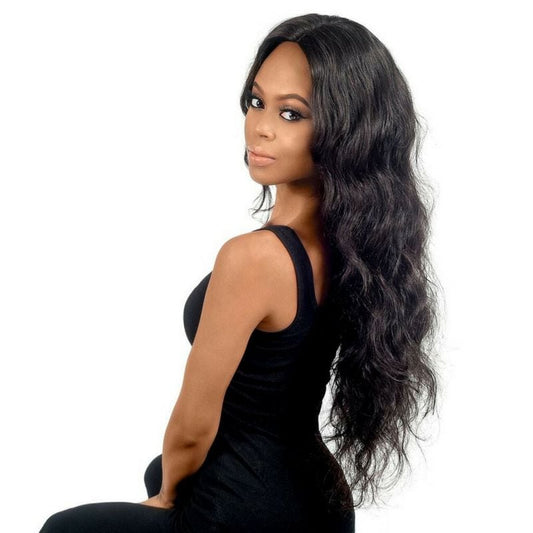
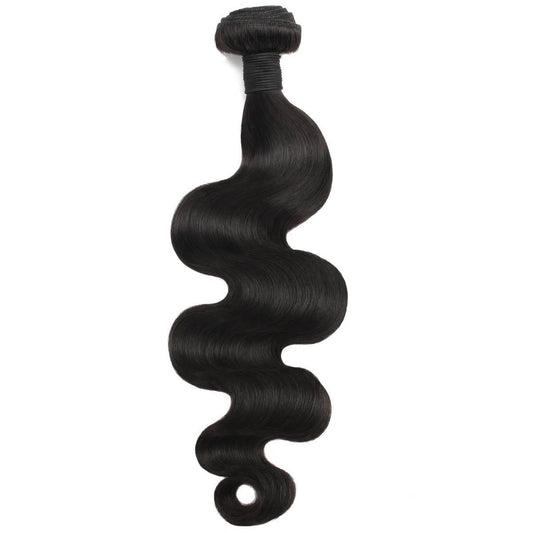
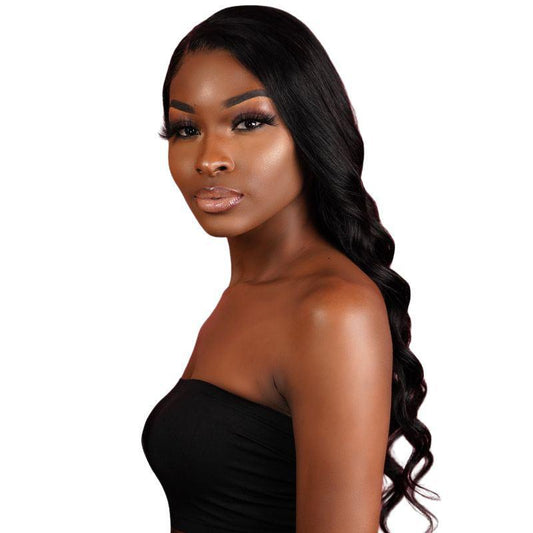
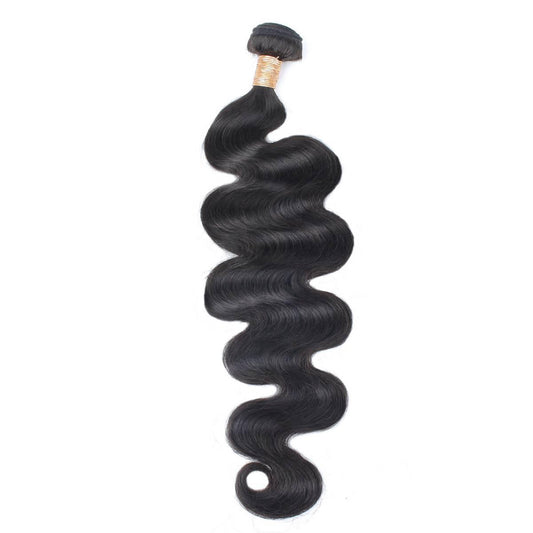
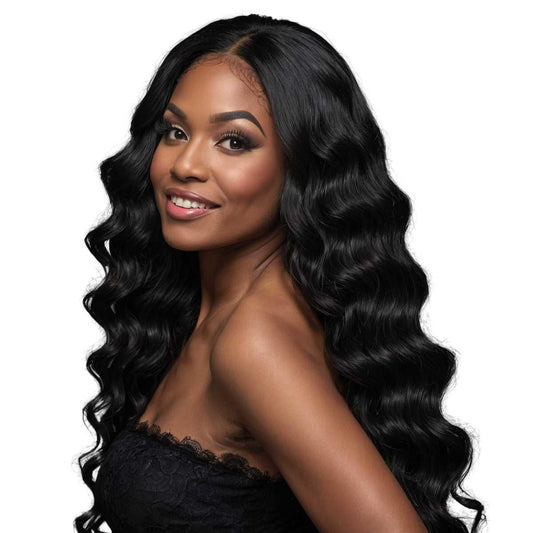
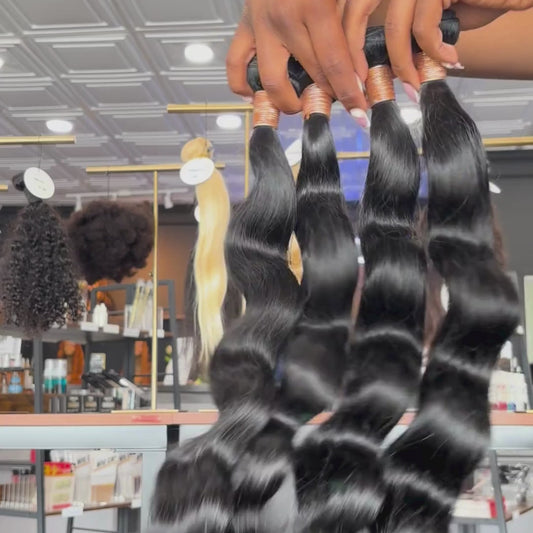
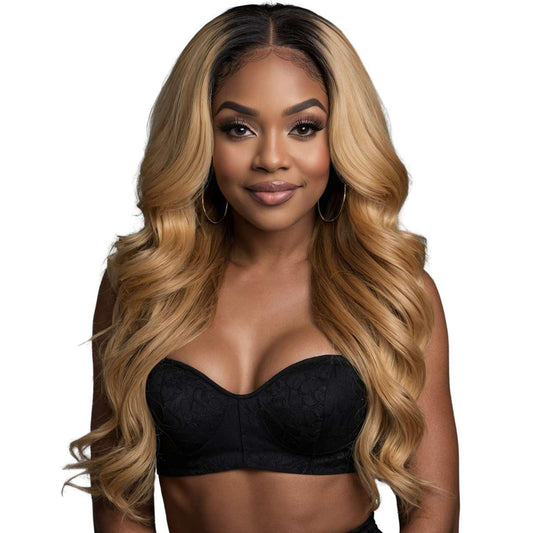
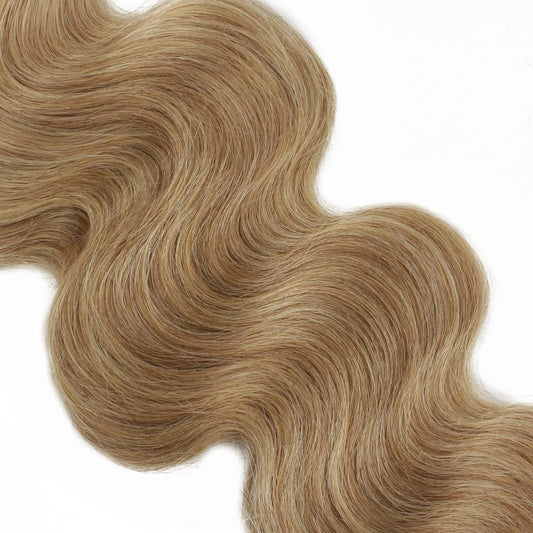
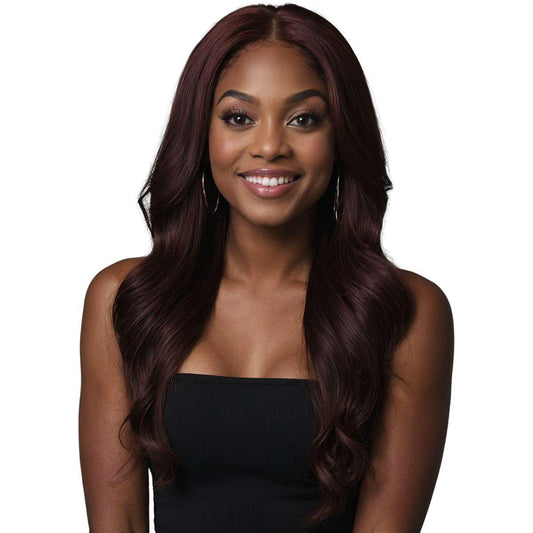
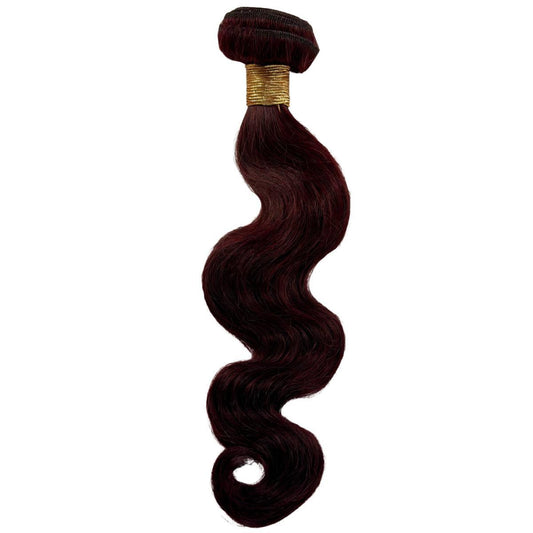
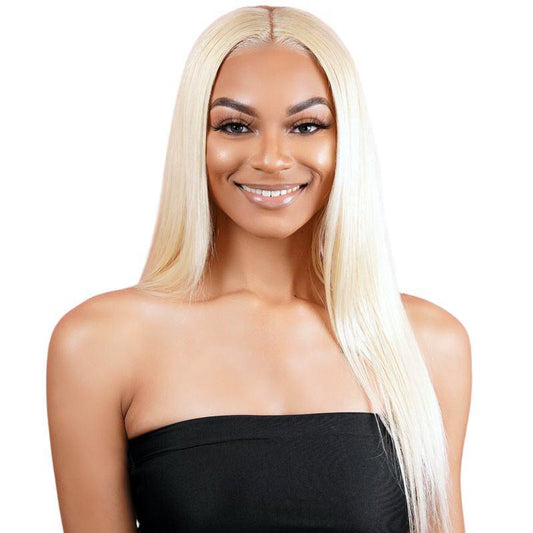
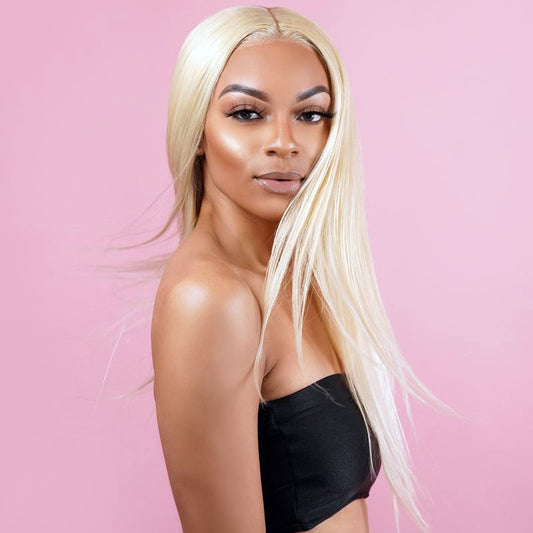


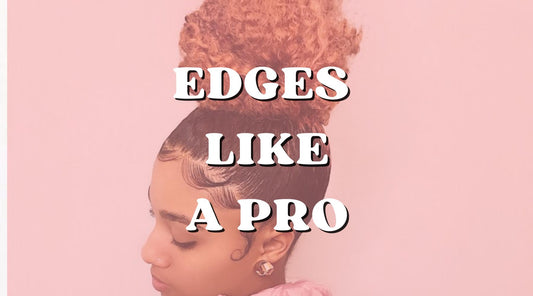
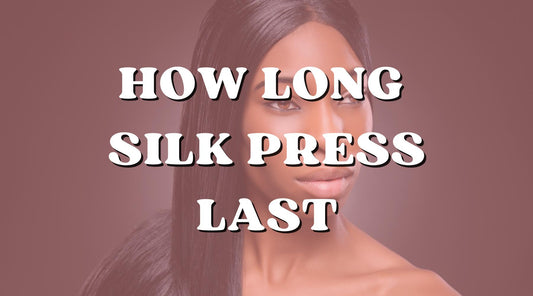
2 comments
Thanks for saving me time, money, and my hair, Mikey!
As someone considering starting a hair extension business, these insights are really valuable. Could you share more about the differences in maintenance or styling between single donor and non-single donor hair?